If you’ve just unwrapped a mirrorless camera or DSLR, or perhaps you’ve bought yourself your very first camera, it’s only natural that you start thinking about what accessories you might need.
Many things are superfluous, but there are several camera accessories that are actually quite crucial for the keen photographer and can make your photographic life much easier. In this post we’ll explain the 10 main types of camera accessory that you need, if you hop over to our buyer’s guide to the best camera accessories, you’ll find a list of the specific items that we recommend.
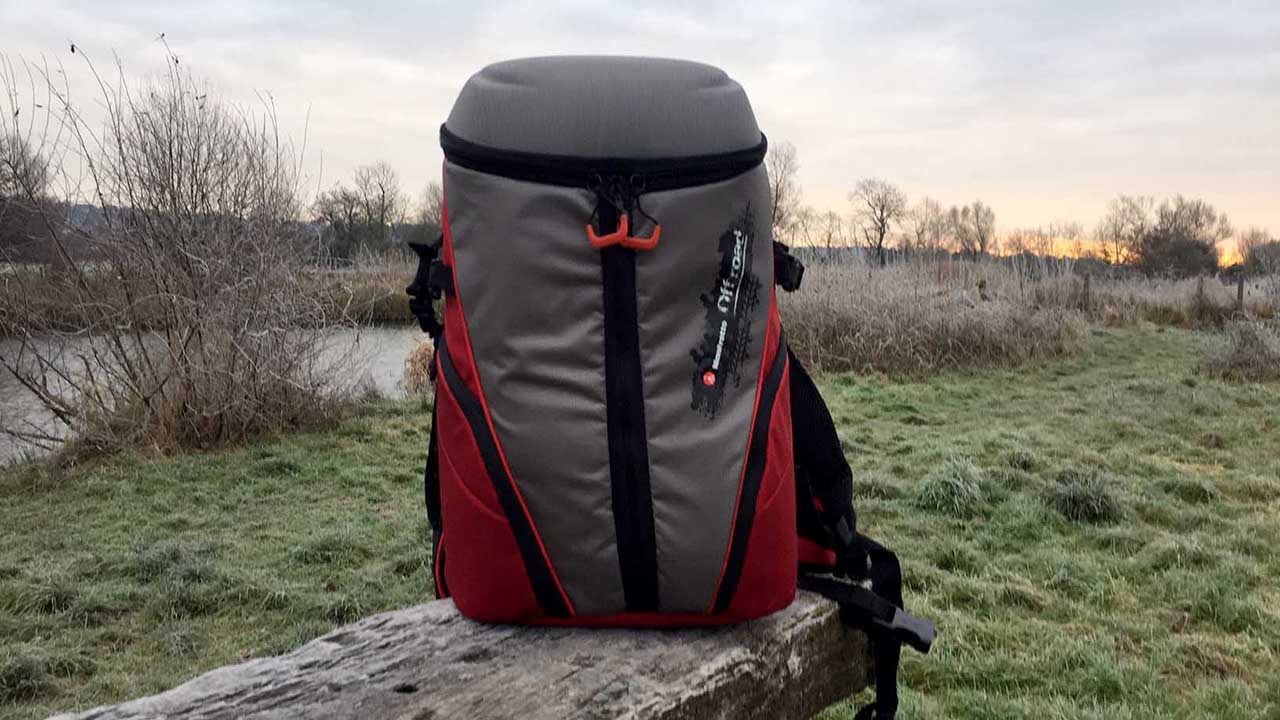
01 Camera Bag
If your camera is small and you stick to just one lens a bag may not seem like something you need, but protecting your camera is something we often don’t think about until it’s too late. A camera bag is a great means of keeping your camera safe from rain and dust and anything else that might put it in harm’s way.
Plus, as you undoubtedly accumulate lenses over time – not to mention other accessories – you’ll find you need something to solve your transport woes.
Photo backpacks are a great way to carry heavy kit over long distances or across uneven terrain, but the downside is that you have to stop and take them off your back to access your gear. If you’re a landscape photographer, you’ll know all too well that this can slow you down.
Shoulder bags, on the other hand, offer quicker access to your other camera accessories, but these can prove uncomfortable if worn for too long because the weight is carried on one shoulder.
‘Sling’ bags are a fairly recent development, which combine the comfort of a backpack with some of the convenience of a shoulder bag, but even those have their compromises.
Deciding which camera bag to really comes down to personal preference. Before you make a decision, consider how you use your other camera accessories.

02 Tripod
We debated on this one. One could argue convincingly that a tripod is the most essential camera accessory you could buy, but it’s just not quite as universally needed as a good camera bag (we’re looking at you, street photographers).
Nevertheless, a tripod is a close second because it offers a way to hold your camera at exactly the right angle while keeping it absolutely still so your images are pin-sharp and full with detail. And you can’t put a price on that (although their manufacturers do).
Don’t be tempted by cheap tripods. Most at the lower end of the price range will be flimsy. It’s worth investing a little more money for a tripod that is sturdy, which you can count on keeping your camera still in a breeze.
Finally, look for a tripod that extends to near your eye-level, yet allows you to shoot close to the ground as well. You want flexibility to explore every angle. Clip locks on the legs are also good for quick deployment; however, twist locks take up less room and are a little better when you’re carrying the tripod in the field.
As a rule aluminium tripods are more sturdy (and cheaper) than carbon fibre, but they are also heavier to carry.

03 Tripod head
It goes without saying you’ll need this to accompany your tripod. A tripod head is the bit that goes between the tripod legs and your camera and holds the camera in place.
Many tripods are sold as a kit with a head, but you can also buy them separately. Sometimes this is the better option, as you can choose the tripod head that works best for what and how you like to shoot.
Ball heads are a popular option because they can be used at unusual angles, are quick to operate and offer advantages for many different types of photography… apart from landscapes. Landscape photographers often find that ball heads can be awkward when you want to angle the camera up or down but keep the horizon level in the frame. Consequently, they tend to prefer 3-way heads and geared heads which are slower to operate but enable more precise adjustment.

04 Remote release
If you shoot long exposures, you’ll know how valuable a remote release can be. Even though your camera may be on a tripod, camera shake is still a risk and a remote release allows you to trip the shutter without touching the camera, thus eliminating that risk of camera shake altogether.
You can also use most remote releases as bulb timers, which allow you to shoot images at exposures of more than 30 seconds. What’s more, these invaluable camera accessories can be used as intervalometers that enable you to shoot a series of photographs at specific intervals over a certain period of time.
There are two types of remote release: cabled and wireless releases. Wireless releases have the advantage of working from a longer range, and because you’re not physically tethered to your camera, your risk of camera shake is even less. Follow the link to read our buyer’s guide to the best remote releases.

05 Flashgun
Your camera’s built-in pop-up flash can be useful for adding a little fill-in light, but on the whole, you’ll achieve much more flattering results from a flashgun.
A flashgun will mount on your camera’s hotshoe or you can fire it remotely (either wirelessly or via a cable) for even better results.
This is another all-purpose camera accessory and there are plenty of options out there. But for the sake of simplicity, look for a flashgun that is compatible with your camera’s metering system so exposure control is automatic.
If cash is a concern and you’re not afraid of a challenge, look for a fully manual flash. You’ll be surprised at what results you can achieve for not much money at all! And actually, there are some major advantages to using a manual flashgun, the results are consistent, for example, and it’s easy to adjust their impact.
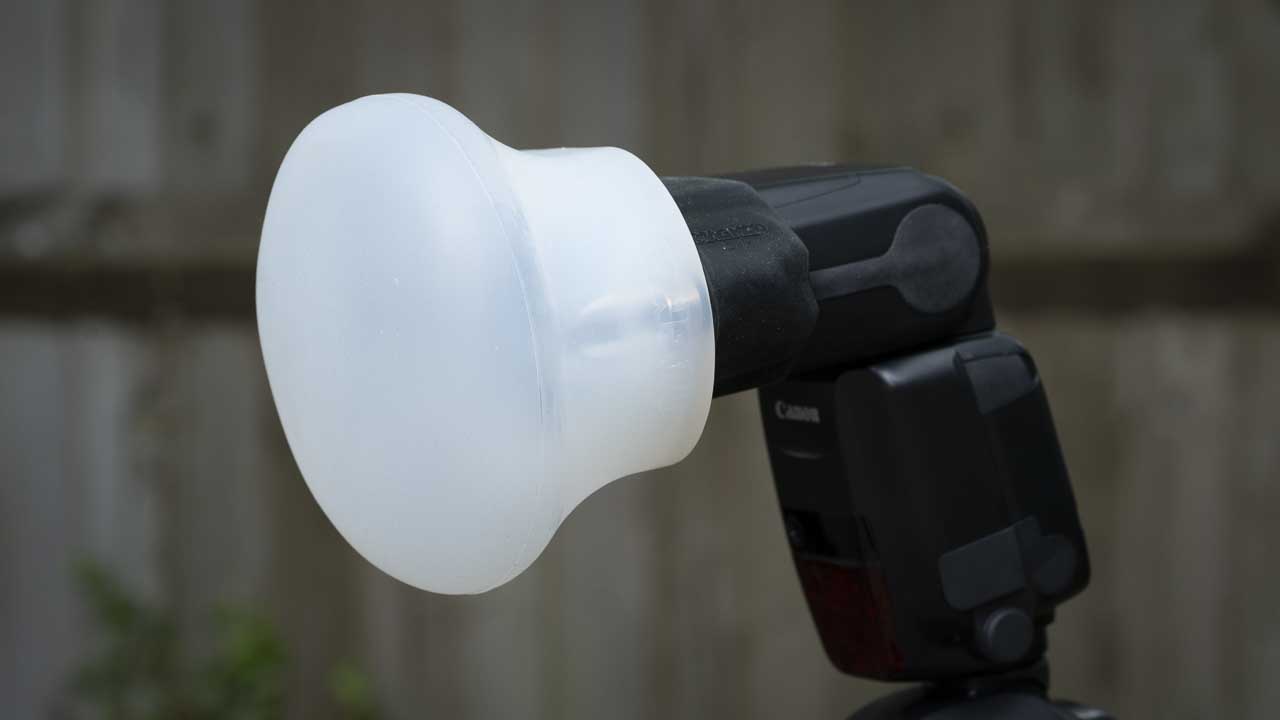
06 Flash diffuser
A flashgun is great at giving you extra light to work with, but sometimes you need a bit more subtlety. A simple sheet of translucent plastic can often make all the difference, helping to soften the light and make it more flattering for your subjects.
There are numerous flash diffusers on the market, from those that push-fit onto a flashgun or are held by magnets to others that pop-up to create mini softboxes.
Flash diffusers are easy to use and very effective pieces of kit.
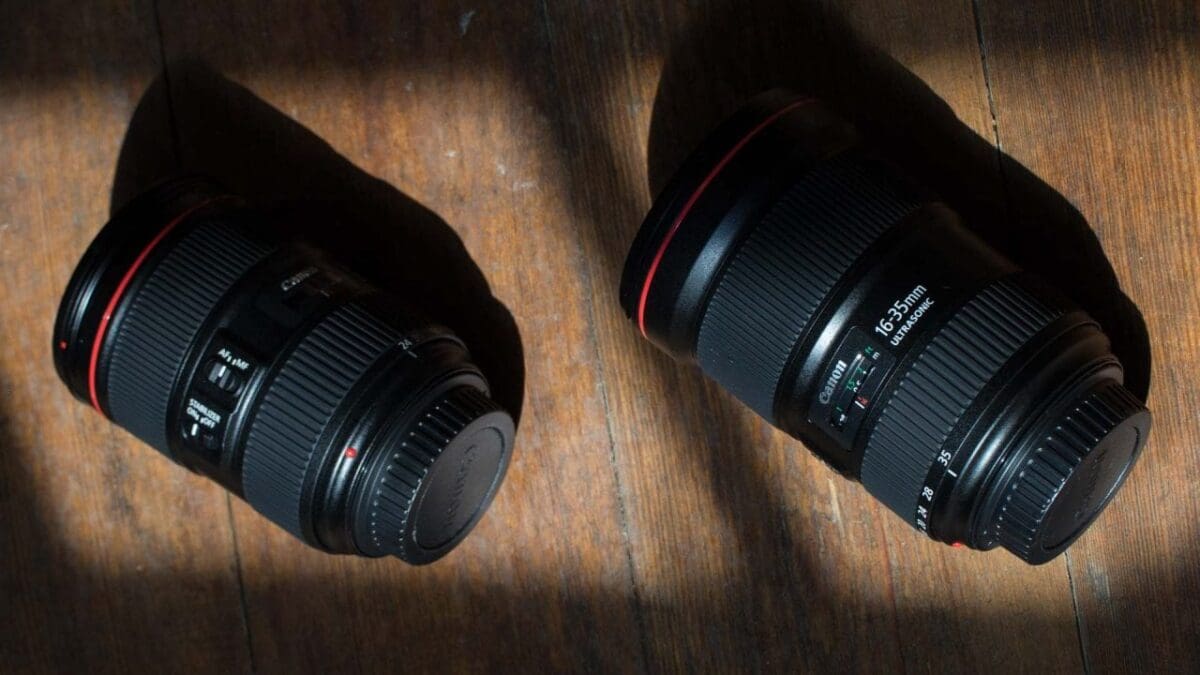
07 More lenses!
In some ways, lenses could – and maybe should – be items 2 – 10 on this list. But we’re also realistic here at Camera Jabber and know how prohibitive the cost of a good lens can be!
In all likelihood, your camera with a standard zoom lens covering a focal length of – typically – 18-55mm on an APS-C format camera, 14-42mm on Micro Four Thirds or 28-105mm on a full-frame model.
While this range is a great starting point, we’re fairly certain that before long you’ll be wanting something wider for landscapes, a telephoto lens for capturing action, a macro lens for getting up close – and who doesn’t love a fast portrait lens for blurring backgrounds!
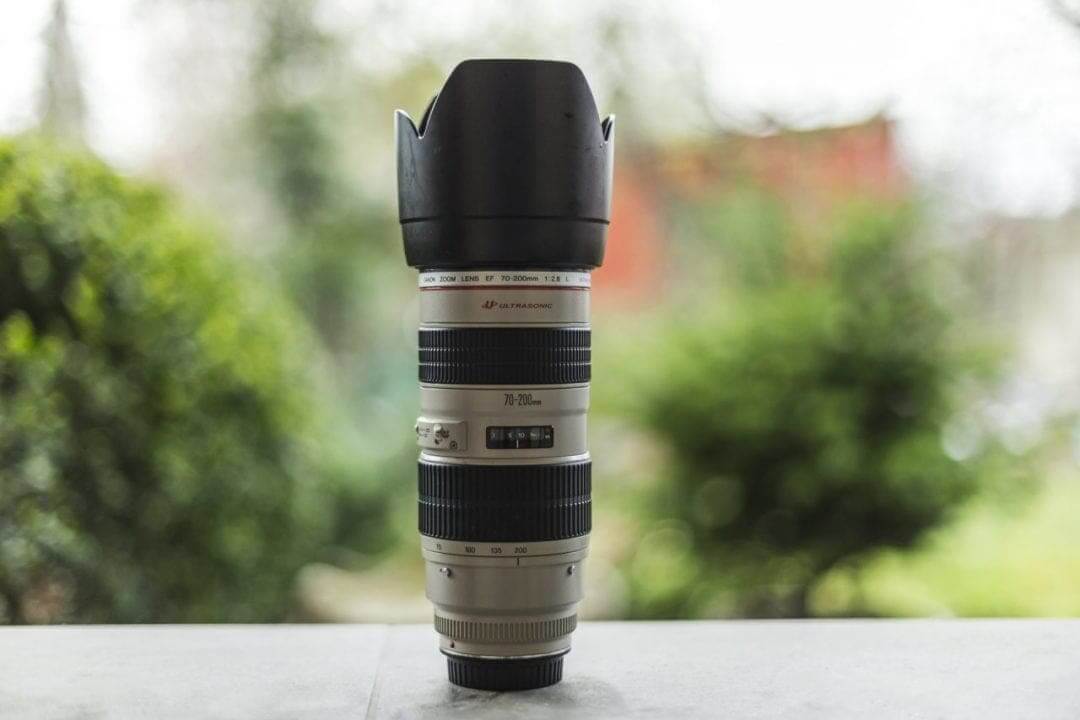
08 Lens hood
If you have a lens but don’t own a lens hood, it’s probably a good idea to buy one. This invaluable camera accessory will shade the front element of your lens to prevent flare, as well as rain and the odd knock.
You may be able to buy a dedicated lens hood from your lens’s manufacturer, but third-party options also abound. If it’s a third-party unit, make sure it fits securely and doesn’t cause vignetting.
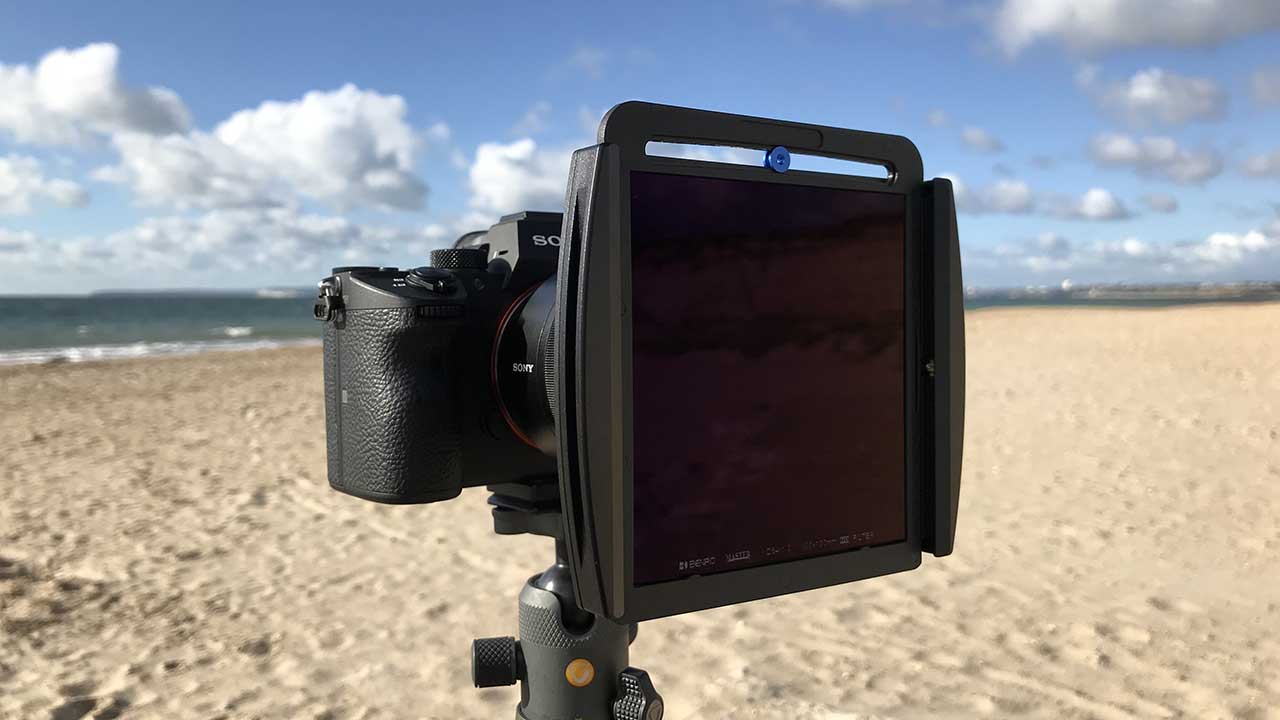
09 Filters
Filters offer photographers an incredible amount of flexibility for dealing with difficult exposures and other challenges. Polarising filters, for instance, are useful for removing reflections as well as boosting saturation and contrast.
Meanwhile, neutral density filters allow you to shoot long exposures in daylight to blur water and clouds to create moody, minimalist effects in your landscapes. They also come in handy when you want to shoot with a very wide aperture in bright light.
There are two types of filters: round and square. Round filters screw into the filter thread on the front of your lens, and to use these you need to buy a specific size that fits your lens. Square filters, on the other hand, slide into a holder that mounts on the end of your lens.
There are trade-offs with each. Round filters are quick and easy to use, but you need to buy them in the correct size for every lens you own.
Square filters can be used across a range of different lenses simply by using different sized adaptor rings; however, they can be tricky to use as the graduation needs to be located in exactly the right spot over the scene in the viewfinder.

10 Lens and sensor cleaners
Keeping your camera and accessories clean is very important, and while you may not use it all that often, a blower is useful for removing specks and grit from your camera and lens.
We also suggest buying a sensor-cleaning kit because, even though many DSLRs and mirrorless cameras now offer built-in cleaning functionality, contaminants like pollen can still find their way onto a sensor and cause problems.
You don’t need to buy anything overly expensive; just look for a pack of sensor-cleaning swabs and a small bottle of sensor cleaning fluid. That said, look for decent quality stock that won’t shed fibres.
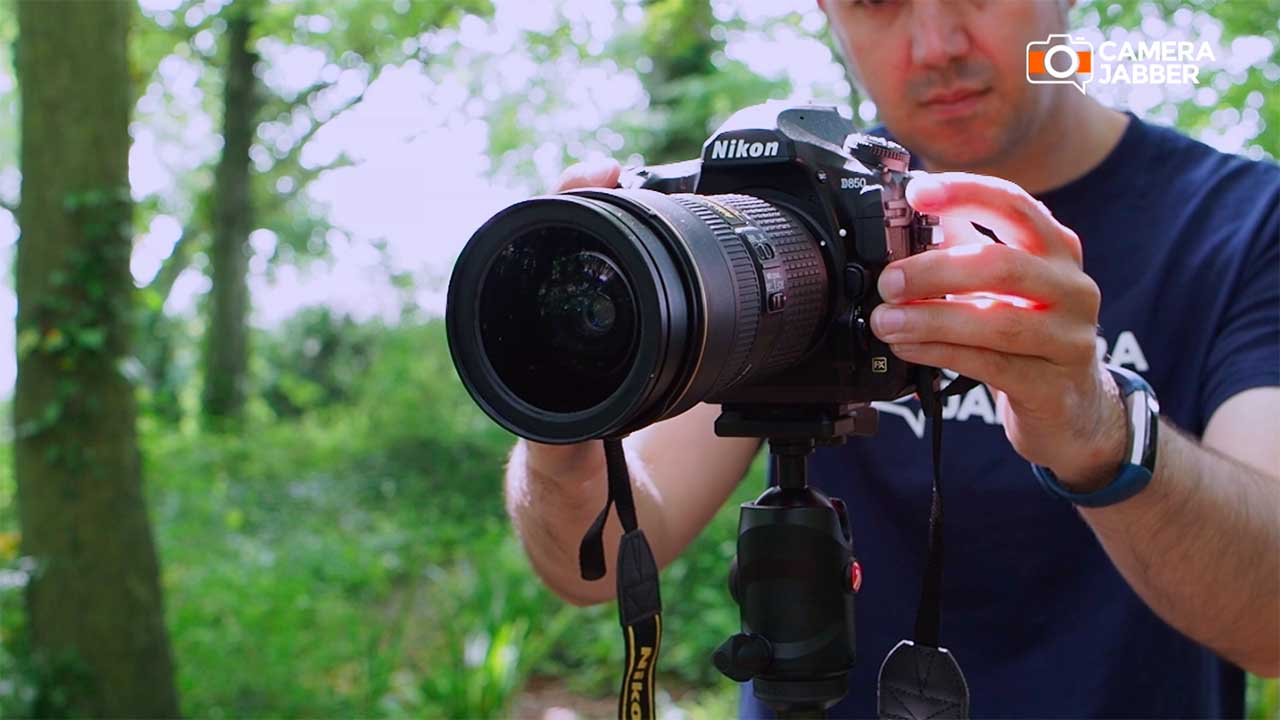
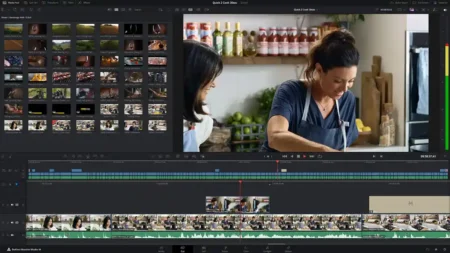

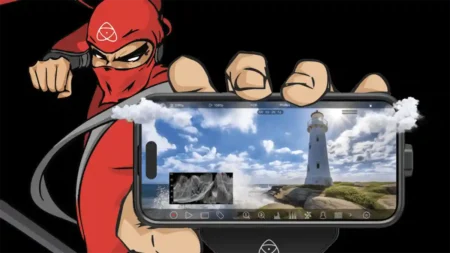
Great review of an interesting concept. Thank you for sharing such an informative article. According to me Best Camera Accessories is really a nice Product for the Protect of Camera.
Square filters? Didn’t know those existed!